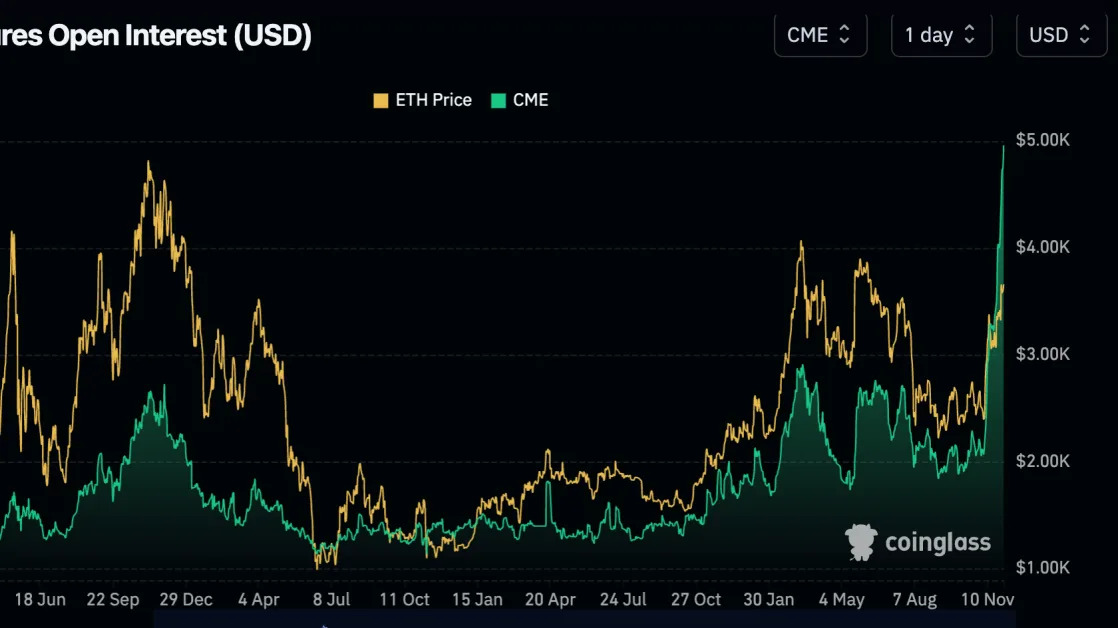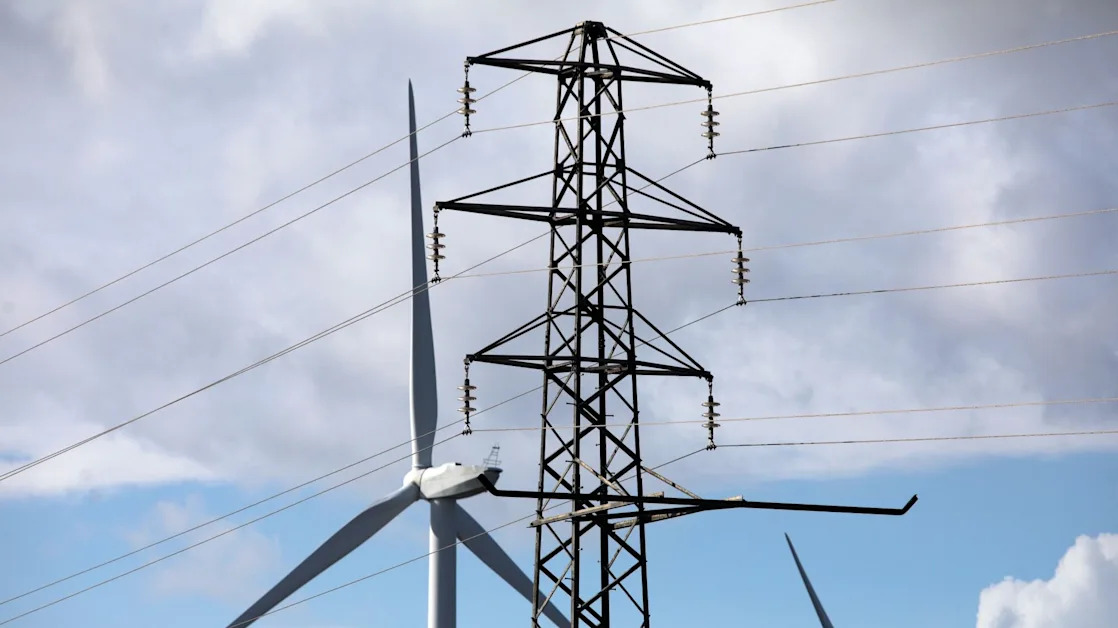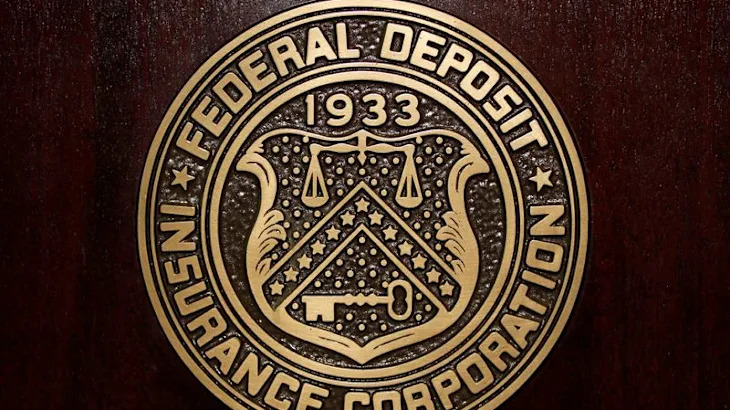(Bloomberg) -- Federal Reserve Bank of Dallas President Lorie Logan said interest rates may already be near a neutral level, potentially obviating the need for further cuts even if inflation continues to cool.
“What if inflation comes in close to 2% in coming months?” Logan asked in prepared remarks for a Thursday event in Mexico City. “While that would be good news, it wouldn’t necessarily allow the FOMC to cut rates soon, in my view,” she said, referring to the Federal Open Market Committee.
Inflation falling toward the central bank’s target in an environment marked by strong demand and a stable labor market would suggest the Fed’s benchmark policy rate may be close to neutral, Logan said. She added that there wouldn’t be “much” near-term room for cuts if this were to continue.
The neutral rate is the level at which a central bank’s policy setting neither fuels nor holds back the economy.
She said the Fed would likely lower rates if the labor market deteriorated.
Policymakers held interest rates unchanged at their Jan. 28-29 meeting after cutting them by a full percentage point over the last three meetings of 2024. Most have said it’s now appropriate to slow down the pace of rate reductions, and many have pointed to uncertainty about how the economy will respond to Trump administration policies including tariffs, tax cuts and curbs to immigration.
“Government policy changes in this space are ongoing, and the resulting changes in trade patterns could leave a substantial imprint on economic activity,” Logan said. “Central bankers will need to parse what these shifts mean for the inflation and employment outlooks and for capital flows.”
Logan spoke on a panel at a conference hosted by the Bank for International Settlements. She was joined by the heads of the Bank of Canada and central banks of Mexico and Colombia.
The policymakers from the central banks of Canada and Mexico — two key US trade partners — both said potential new policies from the Trump administration raise uncertainty about the future path of their economies.
Governor Victoria Rodriguez of the Bank of Mexico, which earlier Thursday delivered an outsize half percentage point rate cut after 25% tariffs were postponed for a month, said she and her colleagues will consider a similar-sized move at their next meeting. She said policymakers in Mexico remain attentive to uncertainty stemming from potential changes in US trade policy.
Bank of Canada Governor Tiff Macklem repeated that tariff threats are already impacting business and household confidence in Canada.
He also repeated the challenges for central banks that are aiming to adjust policy to support their economies during a possible trade dispute. Officials can’t “lean against weaker output and higher inflation at the same time” and will have to assess downward pressure on inflation from reduced economic activity and weigh it against upward pressures from higher input costs and supply chain issues, he said.
Both Macklem and Rodriguez noted that tariffs tend to make economies less efficient and could lead to lower productivity growth.
The Dallas Fed’s Logan emphasized the importance of well-anchored inflation expectations, noting that survey measures of inflation uncertainties remain elevated after rising during the pandemic.
“While a return to the lower bound remains one scenario to prepare for, the past few years show we must be equally well prepared to achieve our goals when rates are well above zero and inflation risks are to the upside,” Logan said.
--With assistance from Erik Hertzberg, Alex Vasquez, Oscar Medina and Laura Curtis.
(Updates with comments from Macklem and Rodriguez from ninth paragraph.)





